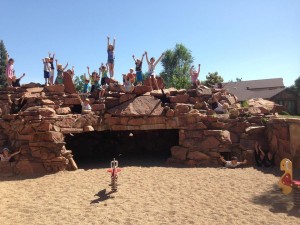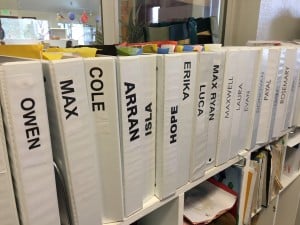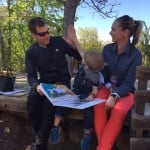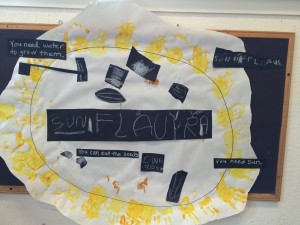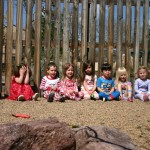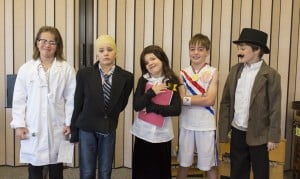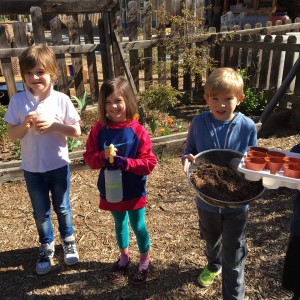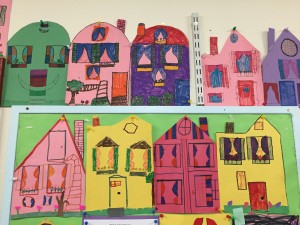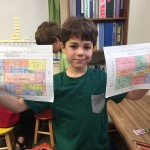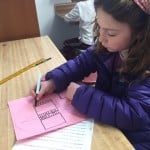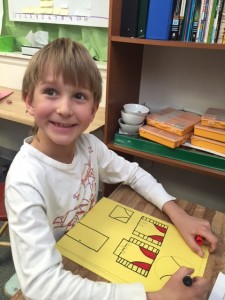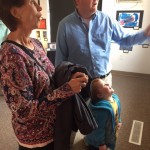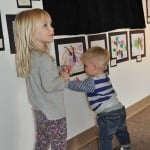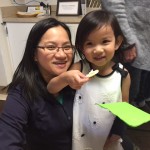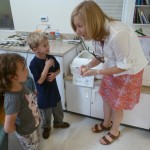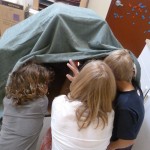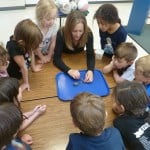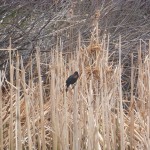As members of the Bixby community, we’re all aware of the value of the education our children receive during the academic year. In addition to this, summer camp at Bixby provides an experience that is enriching in a different way.
 During the academic year, there are many demands on our children’s time during the school day: moving from class to class, switching gears from subject to subject, and the tasks and assignments within those subjects. But there are many activities at Bixby outside of the academic experience that the students love including lower yard, inventing games with their friends, playing with all of the giant gym props, swimming, and running free through the sports fields. While there is time to enjoy these different areas and activities during the year, there is more time to do so during the summer and we’ve found that our children enjoy this ability to have more free play in the Bixby environment.
During the academic year, there are many demands on our children’s time during the school day: moving from class to class, switching gears from subject to subject, and the tasks and assignments within those subjects. But there are many activities at Bixby outside of the academic experience that the students love including lower yard, inventing games with their friends, playing with all of the giant gym props, swimming, and running free through the sports fields. While there is time to enjoy these different areas and activities during the year, there is more time to do so during the summer and we’ve found that our children enjoy this ability to have more free play in the Bixby environment.
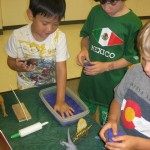 There are different camp themes that are offered each summer and there is some instruction and organization around the themes. However, there is also much time for unstructured play where the children can engage in all sorts of pursuits. In some cases, they may play games that have a set of rules and in other cases they’ll devise their own games, much as we remember doing when we were kids. One specific thing that our children have enjoyed is the ability to interact with children from different grades, as that brings a different perspective for all involved and may not occur as often or as easily during the academic year.
There are different camp themes that are offered each summer and there is some instruction and organization around the themes. However, there is also much time for unstructured play where the children can engage in all sorts of pursuits. In some cases, they may play games that have a set of rules and in other cases they’ll devise their own games, much as we remember doing when we were kids. One specific thing that our children have enjoyed is the ability to interact with children from different grades, as that brings a different perspective for all involved and may not occur as often or as easily during the academic year.
 In short, Bixby summer camp allows our children to enjoy the different themes that are introduced every week as they get to learn more about the world around them in a relaxed way. Equally as important, they get to interact with their friends from the Bixby “neighborhood” and they get to do so for longer, and on a different level than they do during the school year.
In short, Bixby summer camp allows our children to enjoy the different themes that are introduced every week as they get to learn more about the world around them in a relaxed way. Equally as important, they get to interact with their friends from the Bixby “neighborhood” and they get to do so for longer, and on a different level than they do during the school year.
We look forward to our children participating in another summer of Bixby camp and hope that other Bixby families will be able to enjoy this dimension of Bixby, as well.
-Bixby Summer Team

